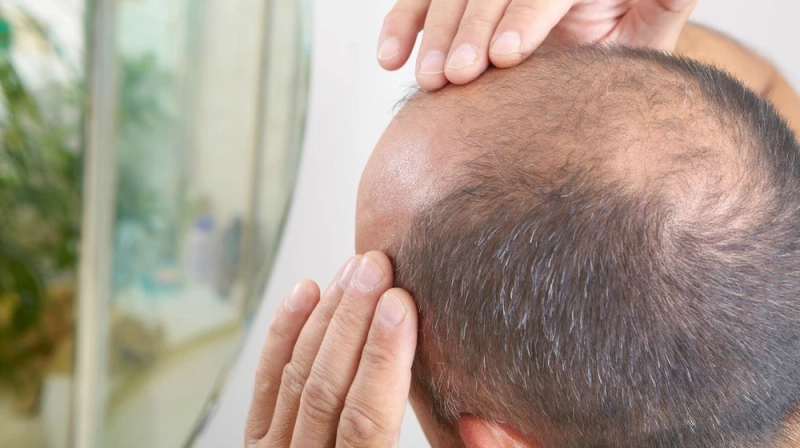Back in the day, if you suffered from hair loss, you had no choice but to make peace with the condition. There was no medication or treatment to restore lost hair. However, the situation has changed for the better nowadays, thanks to advanced medication and treatment options.
These hair loss treatments offered in many hair transplant clinics in the palm desert effectively give patients that youthful look they once had of full hair. To make it even better, the patient doesn’t need to feel pain or discomfort during the process. However, if hair loss gives you a headache, here are some of the latest and modern hair treatment options that you can try out.
FUE - Follicular Unit Extraction Hair Transplant
The high success rates, natural-looking results, and precision are attributes of an FUE hair transplant procedure that has turned it into a gold standard hair restoration technique. The procedure is all about harvesting hair grafts from healthy areas of the scalp or body and transplanting them to the balding area.
The FUE hair transplant is minimally invasive because no scalpels are used in the harvesting and implanting processes. Instead, the surgeons use a micro-punch instrument to cut around each hair follicle when harvesting and to implant graft hair follicles. Compared to other popular hair restoration procedures used to treat hair loss, such as FUT – follicular unit transplantation, FUE doesn’t leave a linear scar after the patient recovers. However, the harvesting and the implanting processes are time-consuming because hair follicles are harvested and implanted individually.
The FUE hair transplant procedure is also customizable, and hair can be placed to flow and grow the way the patient wants. Therefore, the results will be more natural, youthful, and, most of the time, permanent. The downside of this hair restoration procedure is that it is a bit expensive compared to other methods such as PRP for hair loss or medication.
PRP - Platelet-Rich Plasma Hair Treatment
When it comes to other medical fields and treatments offered at hair restoration clinics in palm desert, PRP – platelet-rich plasma has been there for a while now, but it was not used to treat or restore lost hair. Instead, doctors preferred the PRP treatment option when treating sports-related injuries that affected the tendons, ligaments, and muscles. However, it wasn’t until recently that doctors discovered that PRP could also treat hair loss.
When using the PRP hair treatment option, several steps are involved. First, the surgeon will need to extract PRP or platelet-rich plasma from the patient. This is done by drawing out a sample of blood from the patient. The patient can only use his or her blood when extracting the PRP solution.
The blood sample is then put inside a centrifuge machine, which helps to separate three blood components by spinning the blood sample rapidly for about ten minutes. When this process is done, the blood sample will be divided into three layers. These layers include the red blood cells, plasma with a low concentration of platelets, and platelet-rich plasma. The platelet-rich plasma component is needed for the hair restoration therapy to work; therefore, it is extracted using a syringe.
The PRP is then mixed with another solution to enhance its performance before it is injected into the areas of the scalp that are suffering from hair loss. This is meant to regenerate dormant hair follicles so that hair will grow once more. PRP injection also increases blood supply around the hair follicles, which have nutrients and growth factors essential in the hair growth process and rejuvenation. PRP can also be used with the FUE hair transplant procedure to boost effectiveness.
Conclusion
These are the latest hair loss treatment techniques that doctors are using to treat hair loss. However, you have to be certain that any of these two advanced procedures are suitable for you before opting for them. Therefore, visit a specialist for thorough examination and diagnosis to determine the probable cause and whether the FUE hair transplant procedure is a suitable hair treatment option.



